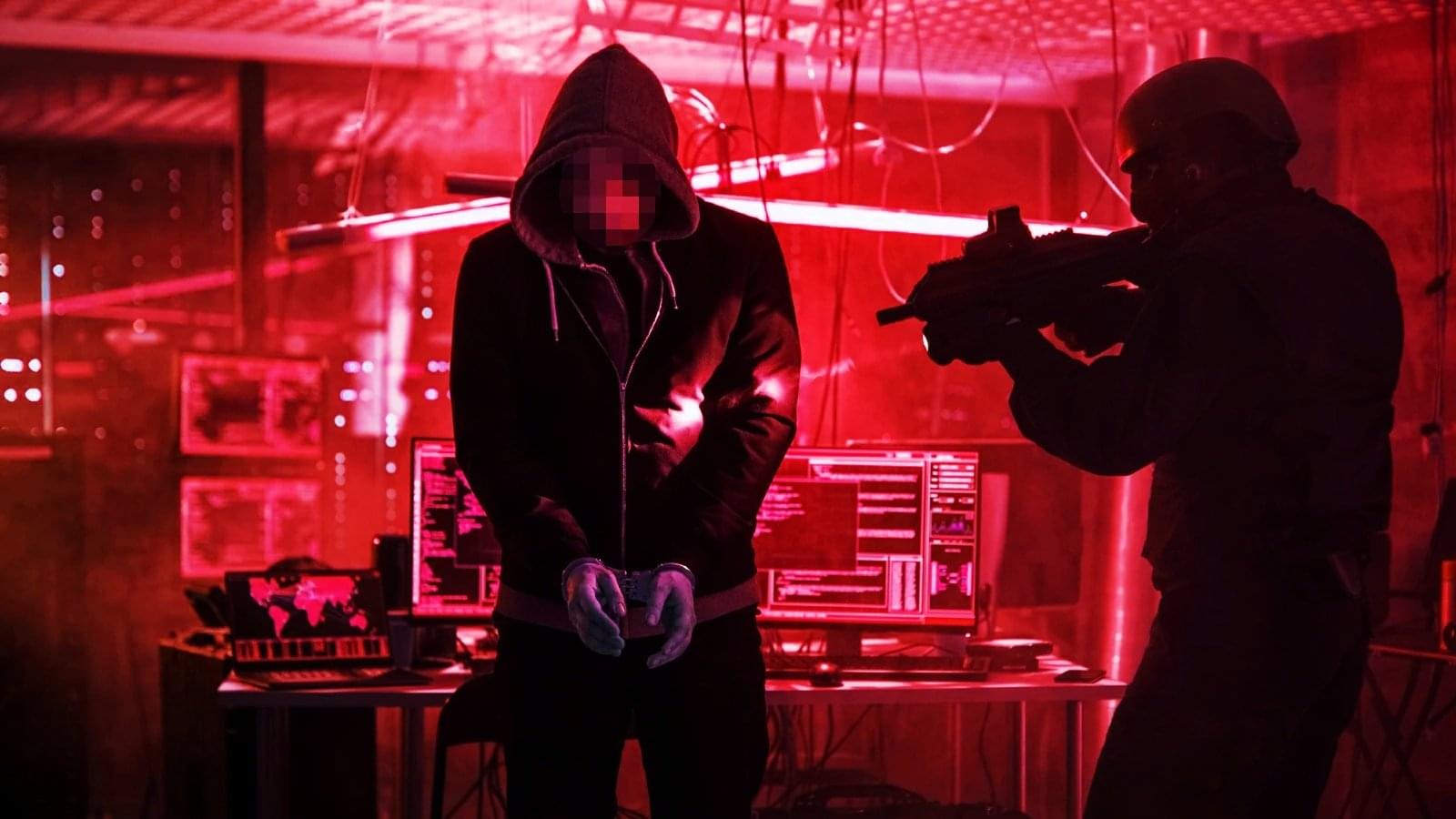University of Colorado Boulder researchers made the first-ever airborne detection of Medium Chain Chlorinated Paraffins (MCCPs) in the Western Hemisphere. Sometimes, scientific research feels a lot like solving a mystery. Scientists head into the field with a clear goal and a solid hypothesis, bu
A careful alignment of three powerful lasers could generate a mysterious fourth beam of light that is throttled out of the very darkness itself.
What sounds like occult forces at work has been confirmed by a simulation of the kinds of quantum effects we might expect to emerge from a vacuum when ultra-high electromagnetic fields meet.
A team of researchers from the University of Oxford in the UK and the University of Lisbon in Portugal used a semi-classical equation solver to simulate quantum phenomena in real time and in three dimensions, testing predictions on what ought to occur when incredibly intense laser pulses combine in empty space.
Meta rolls out ads on WhatsApp Status using limited data like location and language, raising privacy questions.
Kali Linux 2025.2, the second release of the year, is now available for download with 13 new tools and an expanded car hacking toolkit.
Microsoft has shared a workaround for a known issue that causes the classic Outlook email client to crash when opening or starting a new message.
These problems affect users in the Monthly Enterprise Channel who updated Outlook for Microsoft 365 earlier this month, starting with Version 2,504 (Build 18730.20122).
“When you open or start a new email, classic Outlook crashes. This issue occurs because Outlook cannot open the Forms Library,” the Outlook team says in a support document published on Friday.
Zoomcar Holdings (Zoomcar) has disclosed that unauthorized accessed its system led to a data breach impacting 8.4 million users.
The incident was detected on June 9, after a threat actor emailed company employees alerting them of a cyberattack.
Although there has been no material disruption to services, the company’s internal investigation confirmed that sensitive data belonging to a subset of its customers has been compromised.
Law enforcement authorities from six countries took down the Archetyp Market, an infamous darknet drug marketplace that has been operating since May 2020.
Archetyp Market sellers provided the market’s customers with access to high volumes of drugs, including cocaine, amphetamines, heroin, cannabis, MDMA, and synthetic opioids like fentanyl through more than 3,200 registered vendors and over 17,000 listings.
Over its five years of activity, the marketplace amassed over 612,000 users with a total transaction volume of over €250 million (approximately $289 million) in Monero cryptocurrency transactions.
Harnessing just 2% of the energy potential from tidal and offshore solar sources could make a significant dent in global CO2 emissions, new research has found.
Researchers at the Universities of Strathclyde and Maine examined more than 660 assessments of offshore renewable energy (ORE) potential in more than 3,000 locations worldwide. They found that tidal and solar consistently had more energy to offer than other sources such as wind and wave, but were the subject of far less research, and consequently, remained largely untapped.
Offshore solar energy, in particular, was found to be more reliable and less variable than other sources, making it ideal for energy mixes. Despite their lower theoretical potential, wind and wave energy accounted for three-quarters of the assessments examined by the researchers.
Every day, tons of CO₂ are released into the atmosphere, but what if we could transform it using clean energy? This is the question explored in a recent Politecnico di Milano study, which was featured on the cover of the journal ACS Catalysis. The research focuses on a process that transforms carbon dioxide and hydrogen into methane using carefully engineered nickel nanoparticles.
Entitled “Deciphering Size and Shape Effects on the Structure Sensitivity of the CO₂ Methanation Reaction on Nickel,” the study by Gabriele Spanò, Matteo Ferri, Raffaele Cheula, Matteo Monai, Bert M. Weckhuysen and Matteo Maestri investigates how the size and shape of nickel nanoparticles influence the rate at which carbon dioxide is converted into methane.
Researchers at the Laboratory of Catalysis and Catalytic Processes (LCCP) at Politecnico di Milano’s Department of Energy are tackling a key climate challenge: reusing CO₂ to produce sustainable fuels. The LCCP is an internationally recognized leader in heterogeneous catalysis, driving forward practical solutions for cleaner energy.
In the grand cosmology of Star Trek, the Prime Directive stands as both a legal doctrine and a quasi-religious tenet, the sacred cow of Federation ethics. It is the non-interference policy that governs Starfleet’s engagement with pre-warp civilizations, the bright line between enlightenment and colonial impulse. And yet, if one tilts their head and squints just a little, a glaring inconsistency emerges: UFOs. Our own real-world history teems with sightings, leaked military footage, close encounters of the caffeinated late-night internet variety — yet in the Star Trek universe, these are, at best, unacknowledged background noise. This omission, this gaping lacuna in Trek’s otherwise meticulous world-building, raises a disturbing implication: If the Prime Directive were real, then the galaxy is full of alien civilizations thumbing their ridged noses at it.
To be fair, Star Trek often operates under what scholars of narrative theory might call “selective realism.” It chooses which elements of contemporary history to incorporate and which to quietly ignore, much like the way a Klingon would selectively recount a battle story, omitting any unfortunate pratfalls. When the series does engage with Earth’s past, it prefers a grand mythos — World War III, the Eugenics Wars, Zephram Cochrane’s Phoenix breaking the warp barrier — rather than grappling with the more untidy fringes of historical record. And yet, our own era’s escalating catalog of unidentified aerial phenomena (UAPs, as the rebranding now insists) would seem to demand at least a passing acknowledgment. After all, a civilization governed by the Prime Directive would have had to enforce a strict policy of never being seen, yet our skies have been, apparently, a traffic jam of unidentified blips, metallic tic-tacs, and unexplained glowing orbs.
This contradiction has been largely unspoken in official Trek canon. The closest the franchise has come to addressing the issue is in Star Trek: First Contact (1996), where we see a Vulcan survey ship observing post-war Earth, waiting for Cochrane’s historic flight to justify first contact. But let’s consider the narrative implication here: If Vulcans were watching in 2063, were they also watching in 1963? If Cochrane’s flight was the green light for formal engagement, were the preceding decades a period of silent surveillance, with Romulan warbirds peeking through the ozone layer like celestial Peeping Toms?









